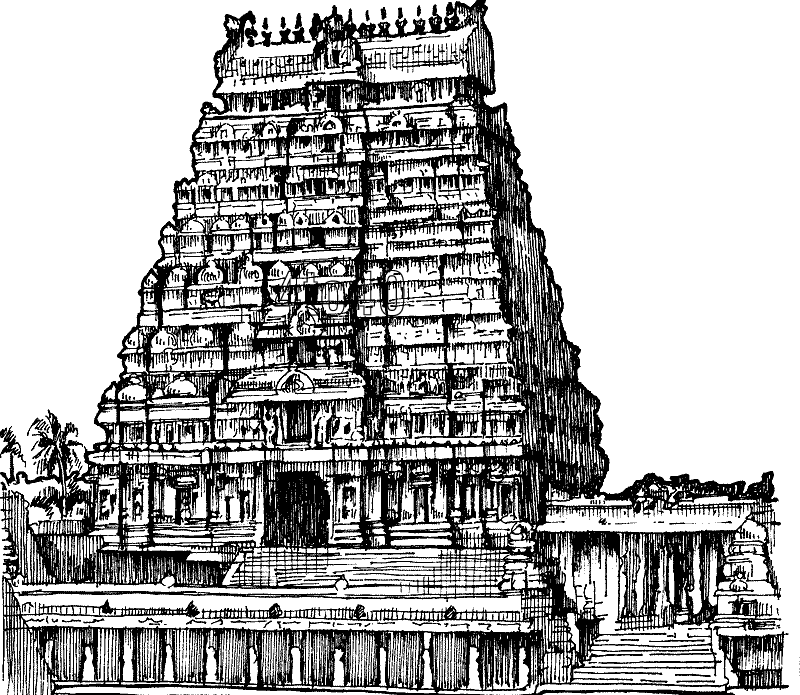LALITHA SAHASRANAMAM # 204
- S Subramaniam
- Jul 21, 2023
- 2 min read
LALITHA SAHASRANAMAM
सर्वशक्तिमयी सर्व-मङ्गला सद्गतिप्रदा। सर्वेश्वरी सर्वमयी सर्वमन्त्र-स्वरूपिणी ॥ ५२॥
52. Sarvashakti mayi Sarva Mangala Sadgati Prada Sarveshvari Sarvamayi Sarva Mantra Svaroopini

सर्व-मन्त्र-स्वरूपिणी (204) Sarva Mantra Svaroopini (204)
Meaning:
Devi is the embodiment of all the mantra-s in this universe. Amongst all the mantra-s, Devi's own beeja mantra, the fifteen lettered Pancha-dashi Mantra is considered the most auspicious, supreme mantra.
It is said that all the mantra-s in this Universe are placed around the Panchadashi mantra. In Tantra Shastra mantra-s have a vital role in various rituals.
Interpretation:
In this Namah of Devi, we have Sarva which means everything in this universe, Mantra, explained here in under and Swaroopini referring to Devi being the embodiment of. Thus the namah can be interpreted as Devi is the embodiment of all the Mantras in this Universe.

What is a Mantra?
The term Mantra can be best understood as specific utterances (sometimes repeatative) in praise of a deity chanted during worship.
The word Mantra derives its origin from the Sanskrit word Man referring to mind. In this sense, Mantra means a verse possessing extraordinary power, chanted to serve the deity which purifies the mind and fulfills all desires.

From Rig Veda, where, perhaps, the oldest reference to the word Mantra can be found, we get:
समानं मन्त्रमभि मन्त्रये वः समानेन वो हविषा जुहोमि
I repeat a common prayer directed at you. Along with it, I offer you with a common oblation.

Yantra -Tantra - Mantra
In ancient Hinduism, the rites of worship were performed in the accompaniment of Tantra, Yantra and Mantra. Yantra referring to a mystical diagram of occult powers, Tantra referring to the rituals, the prescribed method of worship and Mantra referring to the utterances during worship. Later days, Yantra was replaced by idol worship. However, Yantra still continues to be used for certain specific form of worship.

Adi Shankara and his views
One of the fantastic compositions of Sri Adi Shankara is the मन्त्र मातृका पुष्प माला - Mantra Matrika Pushpa Mala - a hymn in praise of the Divine Mother in the form of a garland woven with alphabets.

It consists of seventeen stanzas the first sixteen representing the Shodashi Mantra (Sixteen lettered mantra) and the concluding submission at Devi's feet.
Author's Notes:
Devi is referred to as Sarva Mantra Swaroopini should not be construed as to mean it is all inclusive but rather, it is conclusive.

Hinduism is a philosophy of pluralism. There are many a deities, many methods and procedures for worship, plenty of festivals etc. Each one is not only specific but unique in nature.
This Namah of Devi is the uniting thread. It portrays Devi as the ultimate one, the final destination. Whatever be the mantra chanted, whatever might be method, to whomsoever it might be addressed to, it ultimately settles down at Devi's feet - it is she who is the Sarva Mantra Swaroopini.
Disclaimer: All matters contained in this article are the property of www.templesofasia.com. The opinions expressed in this article are purely that of the author. The author alone is responsible for the accuracy, authenticity, completeness and validity of all the information in the article.




Comments